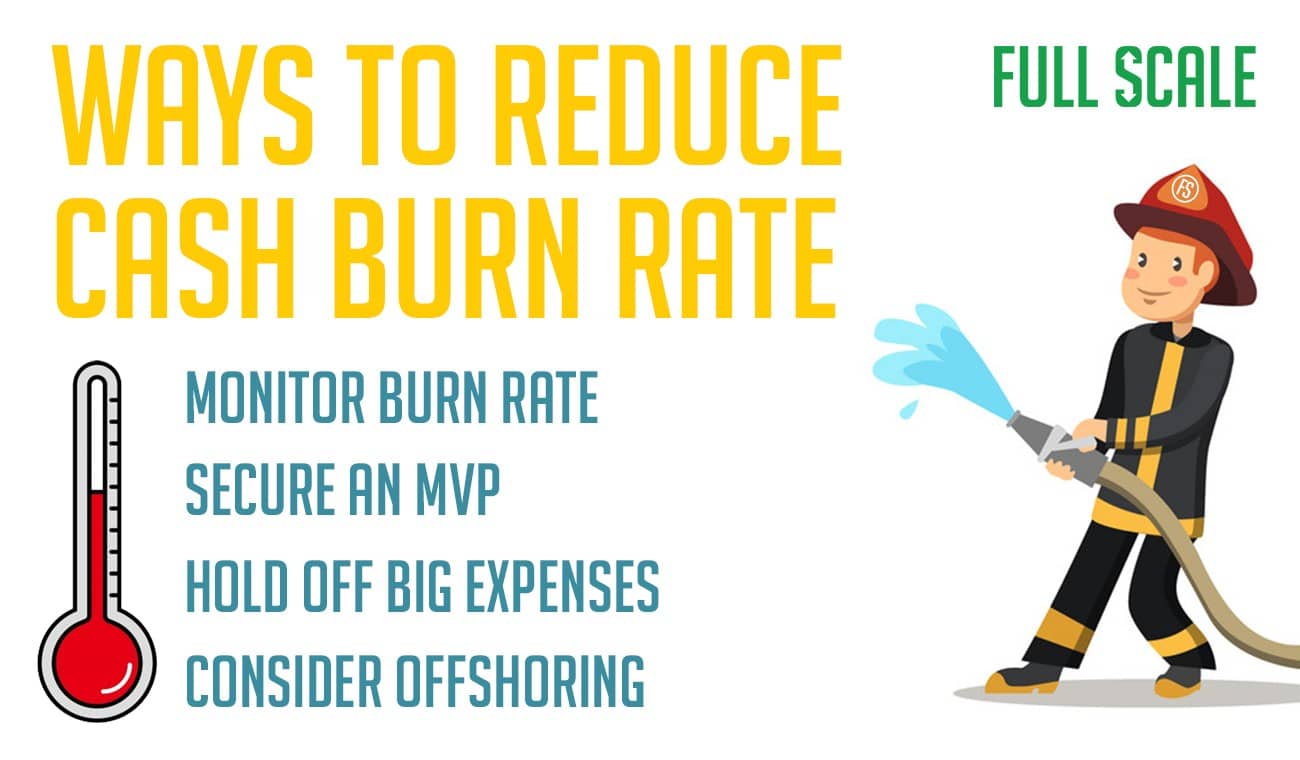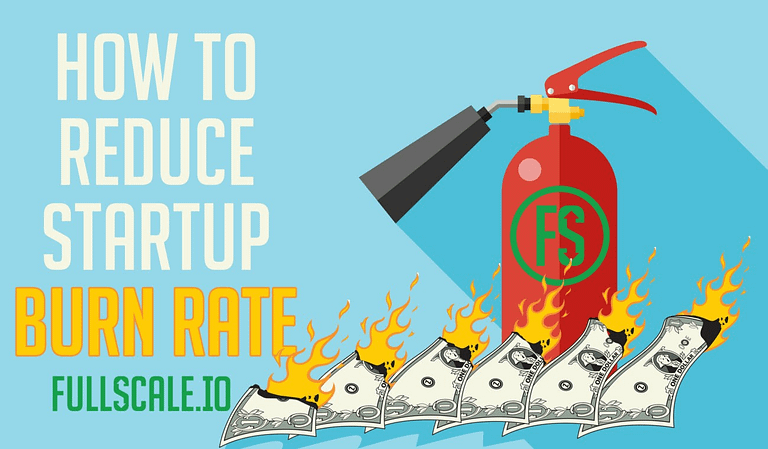If you are a business owner, may it be a startup or an established company, you should know by now the importance of determining the burn rate. A company’s cash burn rate, to put it simply, refers to the company’s cash consumption over time. By determining the expenditure rate, you can measure your company’s sustainability, or predict when your business runs out of money. But you wouldn’t want to reach that point, do you? This article will help you with that. Learn the principle of cash burn rate and discover ways to reduce it.
What is Cash Burn Rate?
Burn rate is a typical issue for most startups. How so? Startups are growing organizations, it means that the company is yet to generate income and is incurring more expenses. It is during this stage that startups need to determine their expenses to predict sustainability and avoid bankruptcy.
The cash burn rate comes in two types: gross burn and net burn. Gross burn is the amount of money lost for operations or operating expenses. Operating expenses include the cost of goods sold, overhead fees, and operating expenses. Net burn, on the other hand, is the difference between your company’s cash out and cash in; net burn takes into account the revenue that your company receives.
Knowing the difference between gross and net burn is essential since these decide the actual cash burn rate of the company. Determining the total cash burn rate brings to light the company’s runway, making it vital in every startup company’s growth.
To make sure that your company doesn’t run out of money, you must ensure revenue and reduce cash burn. In this article, we have listed four ways that can guide you in lowering your company’s burn rate.
How to Reduce Your Company’s Burn Rate
Monitor burn rate
Calculating the company’s burn rate is a way of tracking expenditures. The cash burn rate calculation is quite simple; all you need to do is to check your cash flow statement. First, find out the total cash position change. The cash position represents the amount that a company, investment fund, or bank has on its books at a specific point in time. It is the accounting of the cash flows from the operations, investment activities, and financing activities.
Next, count the specified period that your company has been operating. After you’ve collected all the data you need, you can start computing the cash burn rate. Here’s the formula:
Monthly Burn Rate = (Starting Cash – Ending Cash) / Number of months in operation
Let’s say that you started a company with $1,000,000 in its account. The startup has been running smoothly for five months, but just like any other company, your startup has incurred expenses. By the fifth month, your company’s bank account drops to $700,000. Now, let’s do the math.
($1,000,000 – $700,000) / 5 = $60,000
Your company’s burn rate then is $60,000/month. Based on the cash burn rate and starting cash, your company has more or less 11 months before it runs out of money. How do you get that number? Simply divide your ending cash with the cash burn rate. It looks too simple if you base it on the formula above, however there a lot of factors to consider. You also need to include the revenue you will be producing along the way and additional expenses that are incurred. These are important factors that can affect burn rate and determine how long your company can sustain.

Secure an MVP
An MVP or minimum viable product is a technique perfectly designed for startups. Before a company officially launches a service or a product in the market, they create a product with sufficient working features in the shortest possible time.
Now, this product is not the complete product package yet, but it is enough to be operational. In other words, it is akin to a prototype. The initial users of the product give feedback on the problems they encountered and what feature is best. And since it is still in the developmental stage, additional features can be developed after the MVP is accomplished.
How can this reduce the burn rate? It cuts off products that don’t sell. Before officially launching the product, the company can address defects or features that consumers may not want or need. They can promptly alter the product to cater to the demand or even develop a new product altogether. In doing so, the company saves time and money in creating a product that no one would want to buy.
Hold Off Big Expenses
Startup founders think high, far, and big when it comes to their company goals, and there’s nothing wrong with that. Every startup’s goal is to scale up their business. However, you should always compare and determine the pros and cons of every business action or transaction
As a startup, don’t risk too much on capital-intensive plans. Since you are only in the early phase of your business, the company holds limited amount. Large investments and purchases increase the burn rate and may lead to early bankruptcy.
Rather than making capital-intensive purchases, focus on investing on resources that guarantee ROI (return of investment). These resources can be raw materials, or if you’re building a tech company, an excellent team of developers.
By doing this, you’re not only lowering the company’s burn rate but also increasing revenue. If everything goes well, you can scale up your business.
Consider Offshoring
Another significant way of lowering cost is being meticulous in hiring the right people. Lean startups keep a tight rein on the budget, so they only hire when absolutely necessary. Non-core business functions such as accounting, finance, human resources, IT development, and others can be outsourced. Though they are essential in running and later scaling the business, they can be too expensive to hire in-house at this early phase of your business.
Other than being cost-effective, offshoring increases productivity. How so? A lot of offshore outsourcing companies have their efficient managers that can monitor your offshore team, like Full Scale.
Full Scale is a tech offshore outsourcing company you can trust. We have a vast pool of web, mobile, and software developers that has been helping a lot of startups to become scaleup companies. You’re not only reducing expenses but also slowly but surely scaling up your business.
Conclusion
The cash burn rate is crucial for every startup. It does not only determine the lifespan of your business, but it is also an indicator for investors. Cash consumption signals investors whether the company is self-sustaining or in need of future financing.
If the company burns too fast, it’s a high risk of bankruptcy. But if the company burns too slow, it may mean that the company is not investing enough in innovation and may fall behind competitors. Just remember to be mindful of your burn rate.
Always keep track of your cash flow and conduct ways of lowering expenses during your startup stage. If you require an offshore tech company to help you scale up your startup and ensure cost-effective services, make sure that you talk to us at Full Scale and schedule a free consultation.
